Student Grade Retention: Parents, Perspectives and Practical Solutions
During the 1980’s, grade retention increased as school districts instituted policies that linked standardized test scores to student promotion and placement decisions. However, research has found grade retention does not improve student learning. Enforcement of promotional standards at every grade level is expected to ensure the competency of high school graduates and lower student dropout rates. Despite such belief, studies show “flunking” students are traumatic and increases student dropout. Researchers found a relationship between grade retention and high school dropout rates. Dropouts are five times more likely to have repeated a grade than high school graduates. In three studies involving 20,000 to 80,000 students, retained students were 20 to 30 percent more likely to dropout of school. Moreover, African American males with below average achievement had a 45% chance of dropping out of school; while retained African American males with identical achievement scores have a 75% chance of dropping out of school. While retention may serve as a “stick” for students to perform better; usually retained students frustratingly repeat the previous year’s instruction, and ultimately disengage from school. To address student grade retention, more funding is needed to support schools implement alternative programs to address students’ academic needs and decrease the pernicious practice of student retention.Despite such research, student grade retention continues as a common practice within our nation’s schools. However, student grade retention from the perspectives of parents have been hushed; and practical recommendations and programs to decrease student grade retention while increasing student achievement are still needed. In this book, the voices of parents and their children experiences are presented. Hearing their voices provides unique insight on action steps we (all educational stakeholders) can take to better educate all students. Additionally, innovative practical programs that work and could be replicated in schools are discussed. This book is a must read for administrators, educators, parents and related practitioners who seek “out of the box” ideas to better educate our students, particularly those in urban schools.
{{comment.content}}
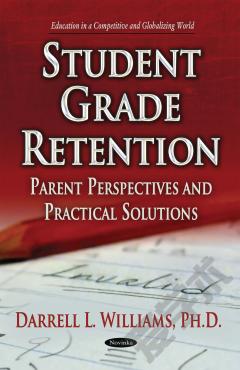
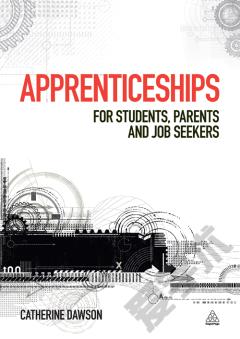
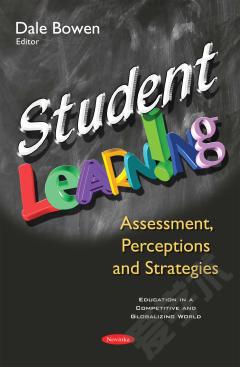
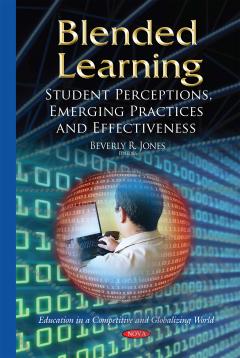

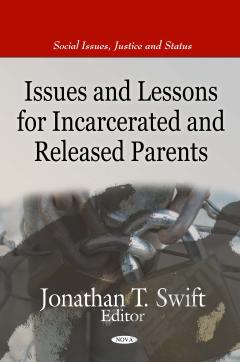


 京公网安备 11010802027623号
京公网安备 11010802027623号